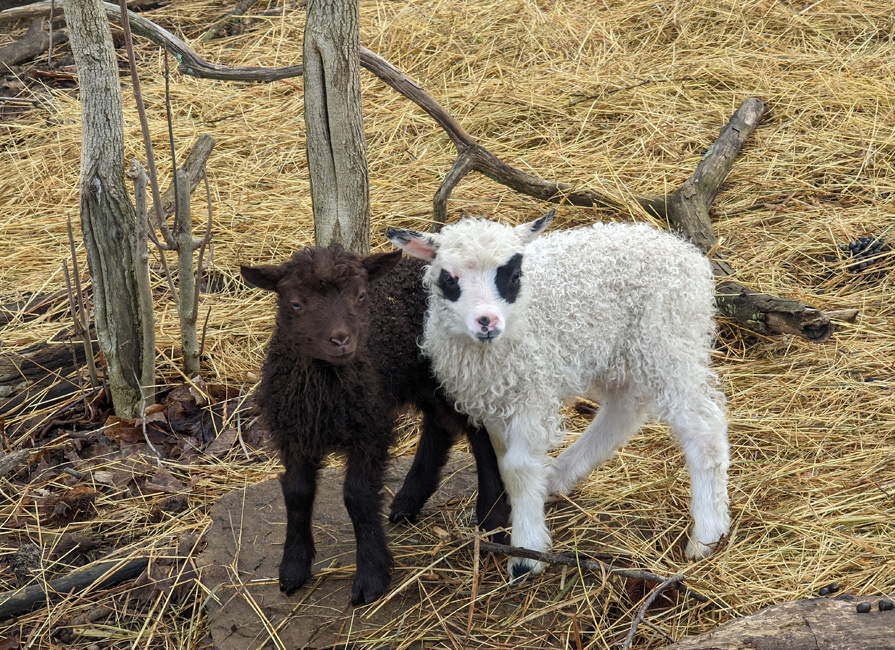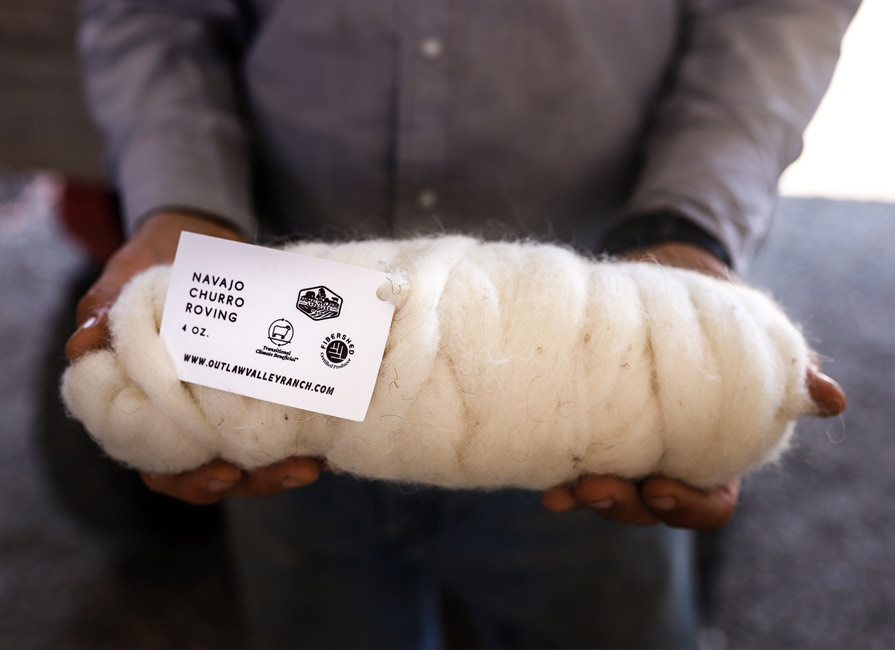Market research shows that today’s consumers are increasingly interested in knowing where their food comes…

A Potent Parasite
Coccidiosis affects nearly all farmed species and can be particularly devastating for young animals. The disease is caused by a parasitic protozoan, which is ingested when animals graze or are exposed to infected fecal matter. Infected animals pass thousands of oocysts (protective capsules containing the next life cycle of the parasite) in their manure and so the life cycle continues. Oocysts are present in the soil on many farms and can remain infective for up to two years under moderate temperatures and moist conditions.
If animals ingest large numbers of oocysts before they have immunity—or when they are under stress—their immune systems can rapidly become overwhelmed. The parasite destroys the lining of the intestines, as well as attacking the liver and other internal organs.
Symptoms
Typical acute symptoms include sudden diarrhea, loss of condition, loss of appetite and sometimes death. However, by the time these clinical signs are observed, much of the damage will have already been done. Lambs, kids, and calves that survive clinical infection often never fully recover because the destruction of the gut lining will have reduced their ability to digest feed.
It is also worth noting that even where clinical symptoms are not obvious, sub-clinical cases will frequently result in poor performance and lower natural immunity.
One of the goals of the A Greener World program is to encourage livestock farming systems that prevent disease risks and other issues, rather than relying on medications or antibiotics to mask or control them. AGW-certified farms should therefore seek to adopt ‘best practice’ management techniques to not only help prevent outbreaks of coccidiosis but minimize the effects of sub-clinical coccidiosis by encouraging natural immunity in your herd or flock.
Management techniques
Coccidiosis is frequently an issue in intensive production systems where sheep, goats and cattle are housed in barns and dry lots, where fecal material is more concentrated than if livestock are kept on pasture. However, some pasture-rearing situations can mimic confinement, particularly during housing periods and when raising young-stock. Indeed, we find coccidiosis can be a serious issue for some AGW-certified dairies (especially goats), where young are often reared in high-traffic and high-use areas, experience stress at weaning, or are exposed to significant amounts of the parasite in early grazing rotations.
Coccidiosis management should therefore primarily seek to reduce the fecal-to-oral transmission of the pathogen and good sanitation and hygiene when rearing youngstock is essential to achieve this.
Maternity areas should be kept clean and dry. Lambing and kidding jugs should be washed (and ideally disinfected) between use. Maternity pens should not be overcrowded and kept dry and well- bedded. Avoid feeding on the floor of a pen: feeders should be elevated or located on the outside of the pen. Likewise, water receptacles should be kept clean and free from fecal matter.
Colostrum is essential for providing immunity to many diseases during the first weeks of the neonate’s life, and an adequate intake of colostrum will help lambs, kids, and calves cope with coccidial infection. Washing and drying the female’s udder before colostrum consumption may also further help to limit infection.
Good nutrition is essential to maintaining high levels of immunity in the flock or herd. You should always provide balanced rations with proper vitamin and mineral supplementation (where needed), appropriate to age. Avoid dramatically altering the ration of weanlings for the two weeks preceding or following weaning, and ensure dietary changes are made slowly.
Older animals (including older lambs, kids, and calves) can serve as reservoirs of coccidiosis infection, so another good preventative measure is to avoid mixing batches of young animals with batches of older animals. And, just like worm prevention, it is important to avoid following older animals with youngstock in grazing rotations where there is a known risk.
Stress is another major contributing factor to coccidiosis outbreaks and can lead to a significant increase in the shedding of oocysts by adult animals and susceptibility in youngstock. Minimize handling of sheep, goats, and cattle and ensure all management is carried out calmly and gently. It is particularly important to minimize stress at weaning. Females should be weaned from their offspring, not vice versa. Ensure lambs, kids, and calves remain in familiar surroundings and in the same groupings, wherever possible. Fence line contact may reduce stress at weaning. Finally, when transporting lambs, kids, and calves, always make sure they do not go without feed or water for very long.
Treatments and control
Once a diagnosis has been made, it is important to initiate immediate treatment with a coccidiostat (ionophore) to minimize the extent of permanent damage and the risk of death. All animals sharing the same space should be treated.
It is important to note that medications used to prevent coccidiosis are not the same as those used to treat clinical disease. In addition, anthelmintics (dewormers) used to treat intestinal worms and fluke will not kill coccidia protozoa or oocysts.
While treatment with ionophores is usually not an issue from a program standpoint, the routine use of ionophores to control coccidiosis is where issues often arise. Most conventional control measures involve the routine delivery of a coccidiostat through feed or water. However, the AGW program classifies the use of ionophores in the same manner as anthelmintic drugs used to prevent parasitic worms or other internal parasites. In order to use coccidiostats (ionophores) as a control, farms in the Animal Welfare Approved program must meet the following criteria to comply with standards 3.1.2 and 3.1.3:
- Your farm has a verified issue with coccidiosis and is using coccidiostats (ionophores) based on advice of a veterinarian to control the issue.
- You are implementing best management practices to help control the issue.
- You are not using coccidiostats (ionophores) on a continuous basis and are targeting use to provide the best long-term control.
- The length of coccidiostat use per control treatment does not exceed 90 days per animal unless justified by a veterinarian and it can be demonstrated that other management protocols have not worked. If use exceeds 90 days, you must seek a derogation.
If coccidiosis is an issue on your farm, talk to your veterinarian about appropriate management strategies for prevention, control and treatment, and ensure you include details of your strategies in your health plan.

Author: Frank Morison is Lead Auditor with A Greener World
Originally published in the Fall 2022 issue of AGW’s Sustainable Farming magazine.



